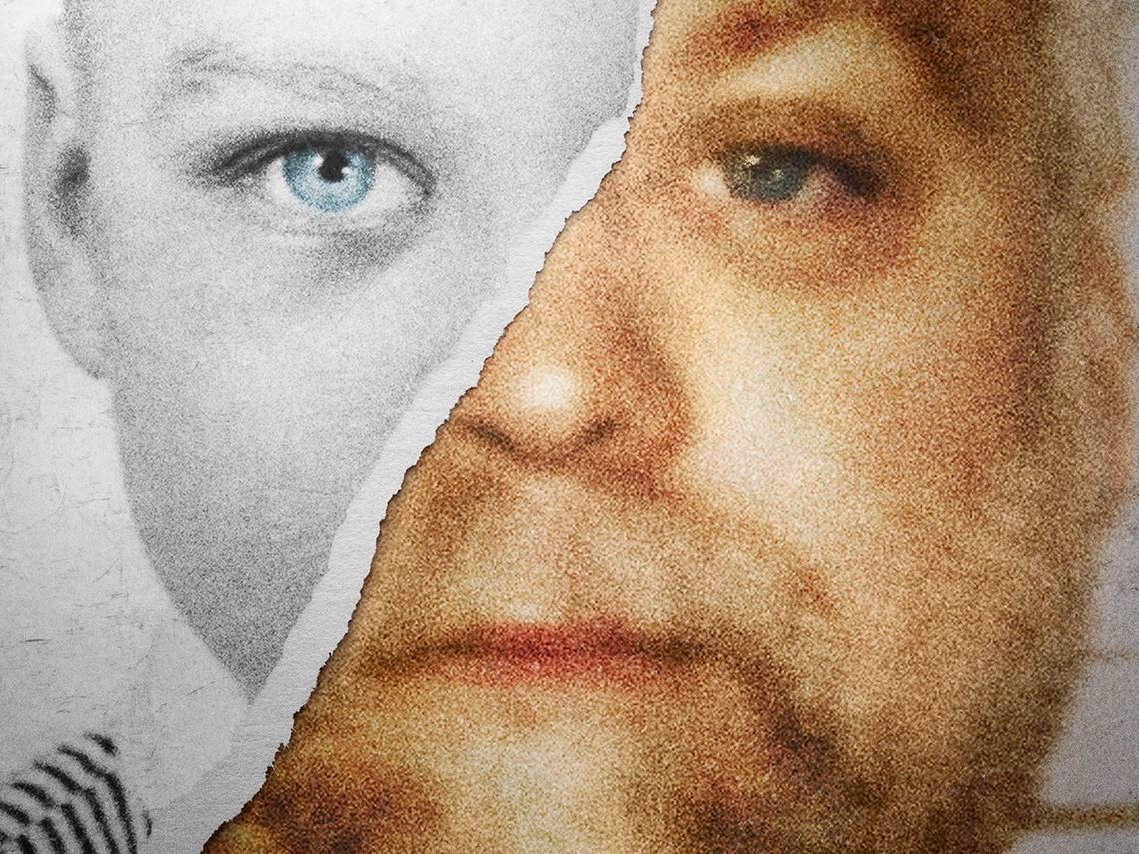Netflix’s Making A Murderer Has Internet Abuzz
Netflix’s latest original hit, Making a Murderer, is the latest obsession for Internet streaming media buffs.
The show, which premiered on Dec. 18, focuses on Steven Avery, a man incarcerated for 18 years for a crime he did not commit.
The first episode of the series was shared on YouTube, something Netflix had not tried before. It has since become the latest fixation in Netflix binge watching culture.
The ten part documentary series was made by filmmakers Laura Ricciardi and Moira Demos throughout ten years. According to The Daily Beast, the two first heard of Avery’s case in 2003, while both were graduate film students in New York City.
The setting for the documentary is in rural and unassuming Manitowoc County, Wisconsin. In 1985, Steven Avery is falsely accused of the sexual assault and attempted murder of Penny Beernsten. Prior to his conviction, Steven had been in trouble for animal abuse, burglary, and for threatening his cousin, who was married to a local police officer. When investigating Beernsten’s assault, police officials failed to focus on her actual perpetrator Gregory Allen, who assaulted another woman while Avery was incarcerated. This, along with other questionable factors, leads the audience to believe the police wanted Avery in jail, regardless of his innocence.
Eighteen years later, in 2002, DNA evidence proves Avery’s innocence, and he is exonerated. Avery then sues Manitowoc County for $36 million on the basis of wrongful incarceration. However, two years later, he is arrested for the murder of Teresa Halbach.
At first, the case against Avery largely stood on evidence found on his property after a week long search, and many were skeptical of Avery’s involvement in it due to his past false conviction. However, it was not until his 16-year-old nephew, Brendan Dassey, who was his alibi, confessed to participating in the brutal crime, that even some of Avery’s most faithful supporters turned on him. Though Dassey’s interrogation stands as problematic due to detectives coercing him for hours, the evidence was enough for Avery to be convicted and sentenced to life in prison without parole in 2007.
The documentary has evoked immensely strong reactions from its viewers. The Internet has shown support for Avery through petitions, one in particular asking President Barack Obama to pardon Avery and Dassey, gained around 350,000 signatures on Change.org. The White House responded by stating the president cannot pardon state convicts. Reddit too has become a home for Avery’s supporters to share countless theories on the case. Of course, the documentary has earned its critics as well, who see Making a Murderer as skewed from reality, and argue that it omits crucial information, casting Avery in a different light.
What makes Making a Murderer stand out is the grand conflicting questions it poses to its audience. Could the system have failed Steven Avery yet again? Did something occur to Avery that turned him into a murderer? Could he have been capable of this had he not been convicted the first time around? There is so much room for discussion and speculation that it is completely natural to see aficionados suggesting alternative theories and signing petitions online. Making a Murderer goes to show the power the Internet holds in spreading the word not just about this documentary as something worth watching, but as a conversation starter on the peculiarities of Avery’s case and what they say about the state of our justice system.



